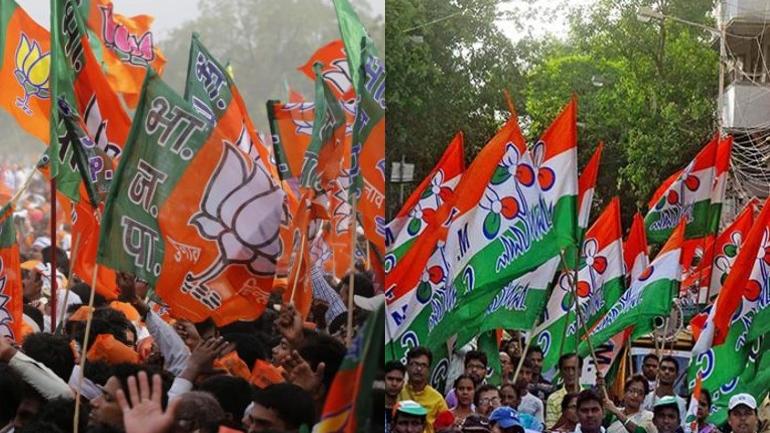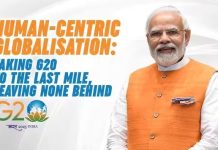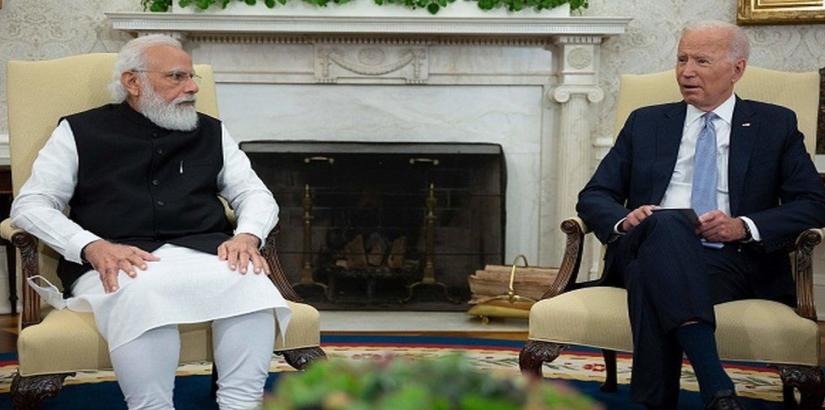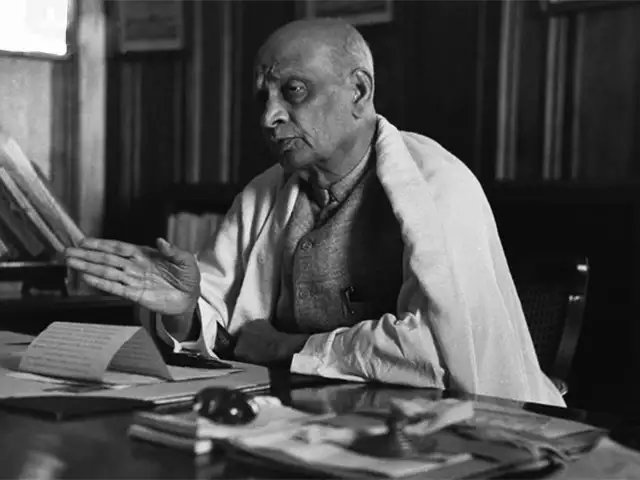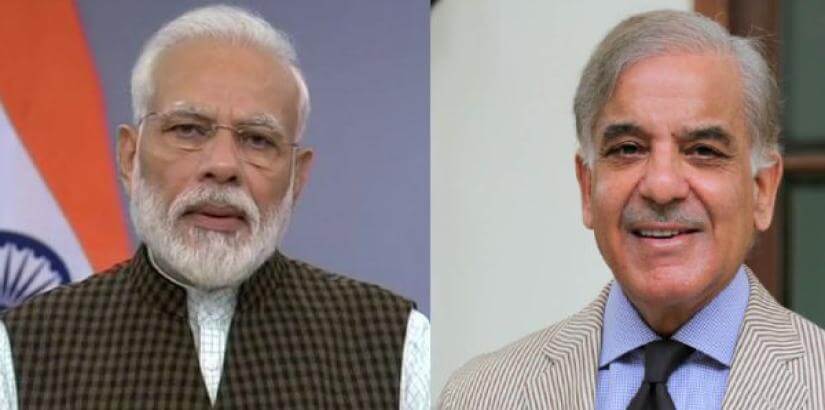Partha P. Dasgupta
“There’s always hope.” These eternal words have rung true through the ages, forming the bedrock of the very strands that keep a society going. With that credence firmly rooted in place, I am articulating my reflections on Bengal, the richest empire of trade and business opportunities, as once described by Europeans.
Bengal, as we all know, has been one of the most cultural, academic, and economic epicenters of our nation. The highly edifying era of Dr. B.C. Roy andDr. Shyamaprasad Mukherjee, albeit hailing from dissimilar schools of thought, brought to fore a combination of highly enriching intellect. That said, the two visionaries had one thing in common – Bengal, and everything that made it what it was. A post-independent nation witnessed a union of the two brilliant, astute minds, resulting in a steady flow of development within the state. Bengal could now boast of DVC, Chittaranjan Locomotive and Fertilizer Corp.
Following the mysterious demise of Dr. Mukherjee, Dr.B.C.Roy leveraged the center in continuing the investment agenda by taking advantage of the same party ruling the center and the state. Durgapur Steel, Alloy Steel with Coal India having its HQ in Kolkata besides numerous others are testimony to his untiring efforts that kept Bengal at the top echelons of prosperity index during that period.
Sadly, the brevity of the economic wellbeing was curtailed by the advent of imported leftist philosophy, which had, by design, pursued an anti-center approach to force a narrative. Supported by their unfaltering, leftist ideological mannerisms, they systematically drilled a certain pattern in the mindsets of the younger generation, giving birth to a wave redolent with anti-center and anti-liberalization dogmas. After assuming power in 1977, the roadmap on their part included a strategic orientation of the iconic institutions with a leftist and an anti-establishment mindset.
The plethora of institutions, then, systematically penetrated through the years, influencing impressionable minds, resulting in a harsh compromise on the very purpose and objectives that formed its bedrock. Once upon a time a fertile breeding ground for industries, the last forty years will go down in memory primarily for hastening the flight and closures of the same, ensuing an economic slowdown that would go on to leave a profound dent on the state’s future.
Two of the low hanging fruits that could have boosted the state’s economy, and by extension, job opportunities, in the realm of domestic as well as international tourism wasn’t, unfortunately, optimized to its fullest and similarly in the information technology space despite pioneering its entry in India during the early 1950s.
The expectations soared when the leftist bastion was demolished by Ms. Mamata Banerjee, as she walked her path with new-fashioned mandates to change the fortune of the state. However, as capitulated she was to power the second term, this opportunity to serve the people in creating a robust economy, an industrial hub, infrastructural development, and employment ecosystem has remained elusive.
The four decades of an unabated state-center rift saw Bengal losing out on ample opportunities to institute its rightful roots from an economic standpoint. Despite being a treasure mine in all aspects vital to the needs of an economy as well as to blossom the state, Bengal, tactlessly, failed to optimize its true potential. A steady slew of declining investments, flights of brains, etc., resulted in dwindling jobs and a gap in employable education while also axing the access to technology-based trainings.
On the other hand, healthcare, women empowerment, connectivity, skilling & re-skilling, along with access to portable water, mechanized farming, amongst others, continue to be daunting tasks. A clarion call for a desperate need for a radical change was but imperative. As a forlorn consequence of the said rift, most of the other states flourished at the expense of a talent-rich Bengal. With the elections knocking on the door, one thing is loud and clear in the minds of people – “Amar Sonar Bangla ke Phire Pete Chai.”This is best done when same party rules both at center and the state, which has not happened since 1977.
The writer is a freelance contributor and the views expressed are personal.

